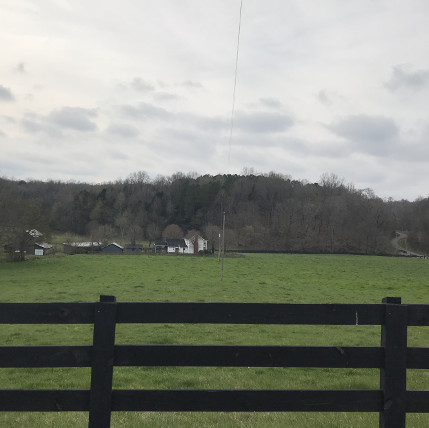In the Neolithic era, roughly about 5,000 to 10,000 years ago, humankind moved beyond being hunter-gatherers to also cultivating crops and raising animals. People went from gathering food to systematically planning for an intended harvest in the future.
The transition brought some amazing advances for human thinking.
"Infinitely more was accomplished in this line of inventions in the five thousand years before the Bronze age than has been achieved by civilization in an equivalent period since," wrote philosopher Lewis Mumford, in his 1966 book "Technics and Human Development: Myth of the Machine Vol. 1."
It also put women on equal footing with men for the first time.
First, there was horticulture, where attention as paid to the details of making a single plant of desire thrive -- a long-term, rather an immediate, goal.
"Central to the whole process of domestication was the garden," Mumford wrote. Gardening led to farming, as the practice of agriculture replicated this focus on nurturing plants moved to larger yields. And with thefarming also came a similar herding and breeding of animals.
"Technics and Human Development: Myth of the Machine Vol. 1"
Lewis Mumford
In turn, the fruits of these stay-at-home efforts helped stabilize life. Grain provided a form of "potential energy," thanks to a corresponding new technology in storage: clay pots. “The creation of moisture-proof, leak-proof, vermin-proof clay vessels to store grain, oil, wine, and beer was essential to the whole ‘Neolithic’ economy,” Mumford wrote.
Grain also provided an early form of currency. And with a predictable source of food, humankind was free to pursue other interests.
Both insects and birds occupied people's imaginations and artwork at this time, and with good reason. People noticed the important role played in their lives by insects, who fertilized flowers, and birds, who scattered the seeds. (Greater attention to birdsong may have even inspired people to voice some music of their own).

“The domestication of the herd animals came [about along with] seed agriculture, and one would hardly have been possible without the other," Mumford wrote.
![]()
At first men may have continued to hunt or fish, as women stayed back to tend to the garden. Men's actions were dynamic; women's work was that of routine.
Women, already way moreso than men, were better suited at nurturing life, in all forms. After all, the womenfolk had the patience for regular tending, a discipline that man, used to the excitement of the hunt, had no time for.
"Paleolithic males, if we judge by most surviving hunting peoples, had an aristocratic contempt of work in any form: they left such drudgery to their womenfolk," Mumford wrote.
But this new trait of industriousness was "the capacity for assiduous application to a single task, sometimes carried over years and generations," and became the dominant determiner of success, Mumford wrote.
Such practice, once found within, provided a whole new way of meeting life's challenges and taming them. In effect, the agricultural age was one of "domestication," a practice that would prove fruitful in most all human endeavors.
